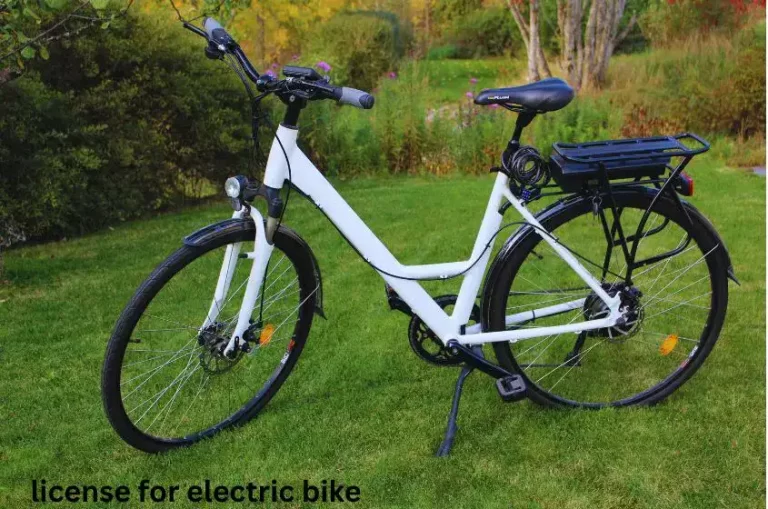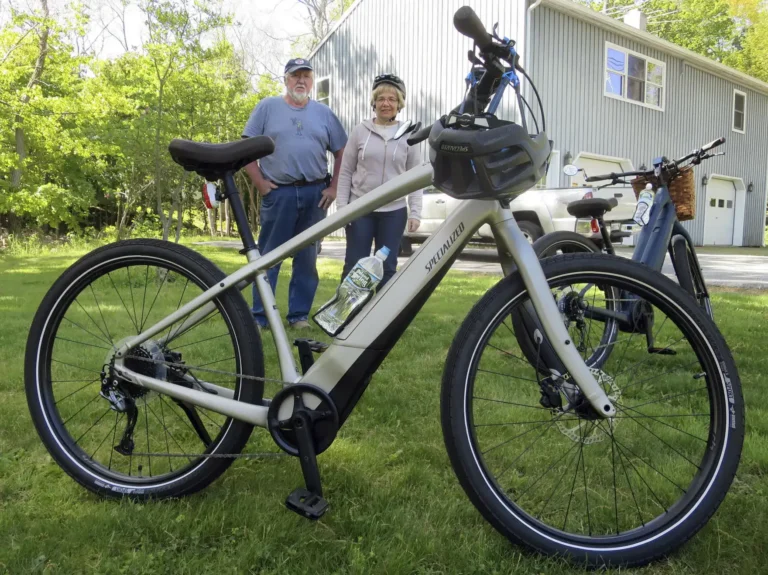What Happens When An Electric Bike Runs Out Of Battery?
Embarking on the electric bike revolution introduces us to the incredible world of eco-friendly commuting and leisure. At the heart of this technological marvel lies the electric bike’s battery, a linchpin determining the duration and dynamics of every ride. In this exhaustive guide, we delve profoundly into the nuanced scenarios and user-friendly strategies encountered when an electric bike’s battery reaches its nadir. Our goal is to furnish you with comprehensive insights and actionable solutions, making your electric biking experience seamless and enjoyable.

How To identify Electric Bike Runs Out Of Battery?
Decoding Battery Depletion: Understanding the Transition
- Seamless Transition: When the battery taps out, the electric bike gracefully transitions to manual pedaling. This phase provides riders with a unique blend of traditional and modern biking experiences.
- Pedaling Power Unleashed: Unraveling the experience of pedaling an electric bike without battery assistance, rediscovering the classic biking essence. Despite the absence of electric power, the bike’s core functionality remains intact, ensuring a reliable ride.
Navigating Challenges Sans Battery Power: Insights into the Rider’s Journey
- Power Loss Chronicles: Diving into the complete shift from electric to manual power, where pedals become the sole propeller, and riders rely on their physical prowess.
- Intensified Effort: Pedaling without electrical assistance demands a considerable physical effort. Riders must adapt to the increased energy exertion required to propel the electric bike forward.
- Speed Implications: Assessing the impact of battery depletion on the bike’s speed and the crucial role of pedal input. The decreased speed poses a new challenge, requiring riders to adjust their expectations and strategies.
Strategic Maneuvers for Depleted Batteries: Empowering the User
- Hunt for a Charging Oasis: Navigating urban landscapes in search of charging stations, a refuge for drained batteries. Knowledge of the city’s infrastructure becomes a valuable asset for riders in this situation.
- Spare Battery Savior: Proactively carrying a fully charged spare battery for a seamless swap when needed. The availability of easily replaceable batteries enhances the convenience of electric biking, allowing riders to extend their journeys without interruptions.
- Pedaling to the Rescue: Leveraging pedal assistance to gracefully reach charging stations or intended destinations. This versatile feature proves invaluable, especially when faced with the challenge of limited battery range.
Prolonging Electric Bike Battery Life: Practical Tips and Tricks
- Speed Moderation Magic: Employing speed moderation to conserve battery life and craft a serene ride experience. By strategically adjusting their riding speed, users can significantly impact the longevity of their electric bike’s battery.
- Pedal Assist Symphony: Exploring the charm of pedal-assist modes, alleviating battery strain for an efficient ride. Leveraging these modes intelligently not only reduces the burden on the battery but also enhances the overall riding experience.
- Storage Elegance: Safeguarding battery longevity by sheltering the electric bike from extreme weather conditions. Exposure to excessive heat or moisture can adversely affect the battery, emphasizing the importance of proper storage practices.
- Charge Rituals: Cultivating the habit of post-ride charging, preventing deep discharges and preserving long-term battery health. Consistent and timely charging routines contribute significantly to the overall health and performance of the electric bike’s battery.
User Queries Unveiled: Clarifying Electric Bike Mysteries
- Immediate Battery Woes: Quick responses to battery depletion, from pedaling to seeking assistance or finding a charging station. Riders must be well-versed in these immediate actions to navigate seamlessly through unexpected battery challenges.
- Pedal-Powered Cruising: Confirming the ability to ride an electric bike without battery assistance, relying solely on pedals. Understanding the bike’s manual capabilities ensures riders are well-prepared for any scenario.
- Single Charge Insights: Exploring variables influencing an electric bike’s range on a single charge, considering battery capacity and terrain. Knowledge of these factors empowers riders to plan their journeys effectively and avoid unpleasant surprises.
- Speed in Kilometers Explained: Delving into the nuances of a 1000W electric bike’s speed, considering various contributing factors. Understanding the intricacies of speed metrics enhances the rider’s control and enjoyment of the electric biking experience.
Conclusion
Knowing the fundamentals of electric bikes it’s easy to make a rough analysis of the structure of what are the pros and cons when the electric bike runs out of battery while riding. You can Pedal back to your destination when your electric bike runs out of battery, Or you can go to the nearest charging station and Call assistance if you cannot pedal. Taking care of the battery is very essential. You can follow the above keys to extend the life of e-bike batteries.
If you find your battery creating problems replacing it is the best option, carry the spare battery while you are traveling long distances. keep your electric bike at normal temperatures. Do not let your e-bike submerged in water. Do not ride your electric bike at top speed. Do not let your e-bike battery be completely depleted. Charge your electric bike before every ride.
FAQs About Electric Bikes Running Out Of Battery
You might also like:






